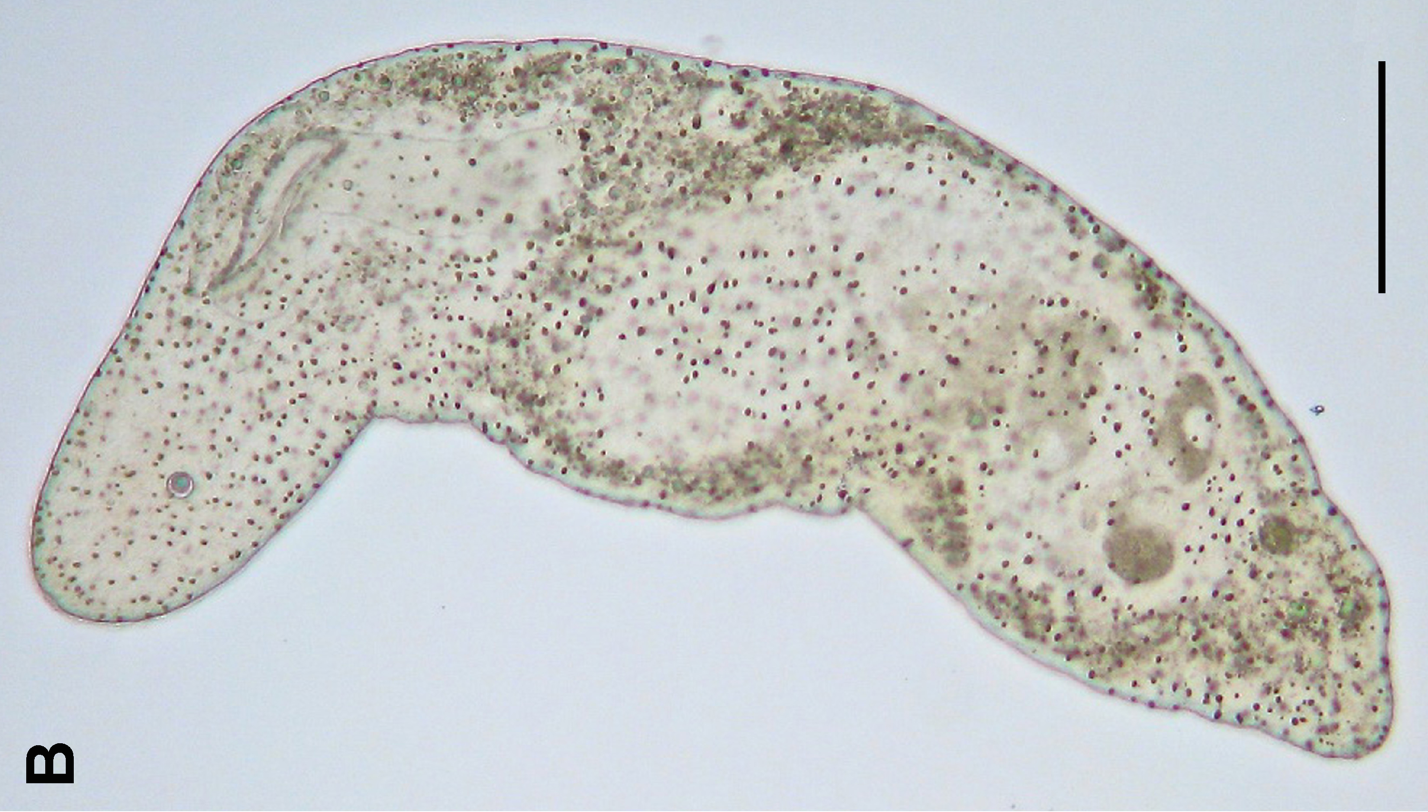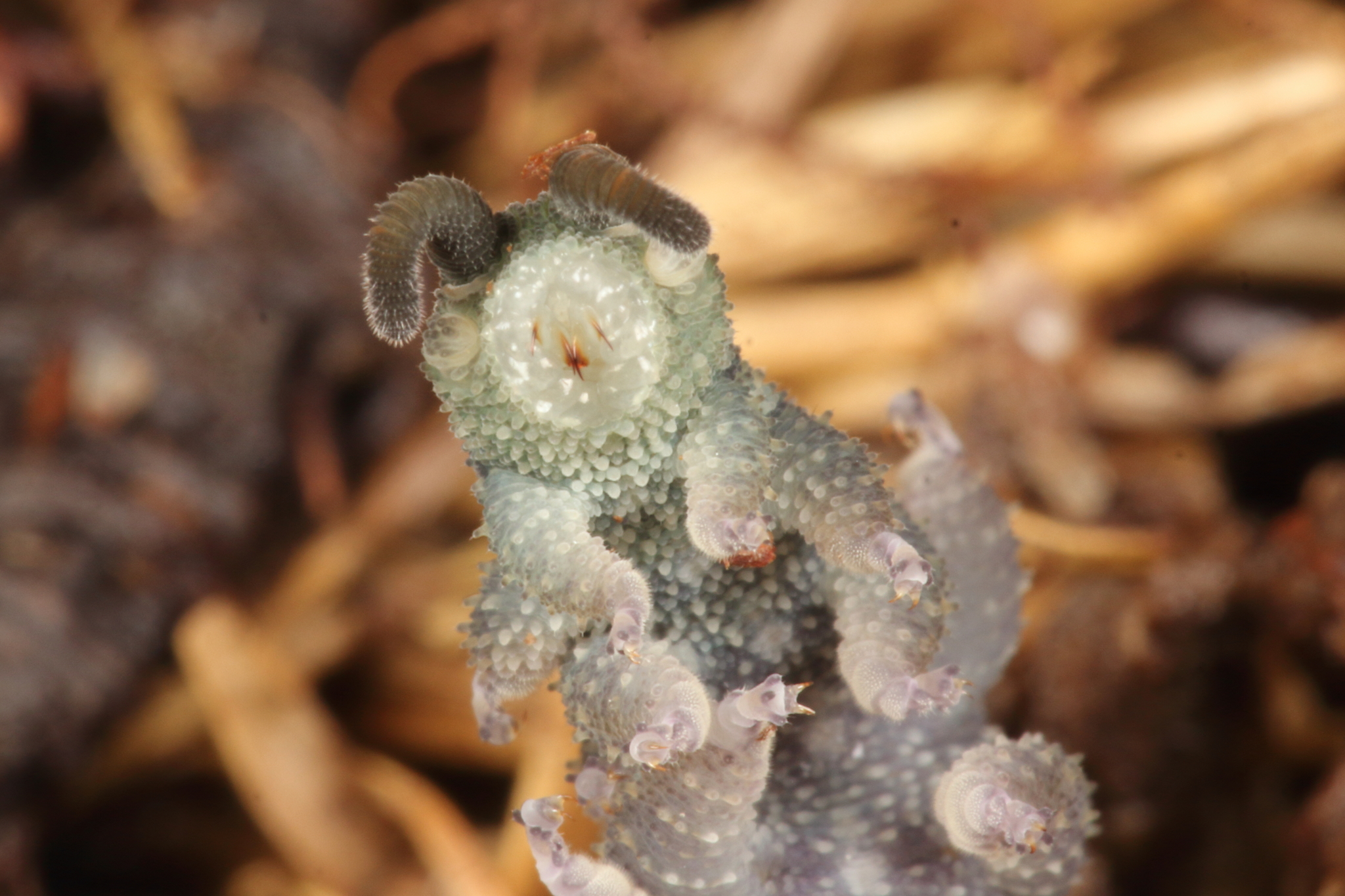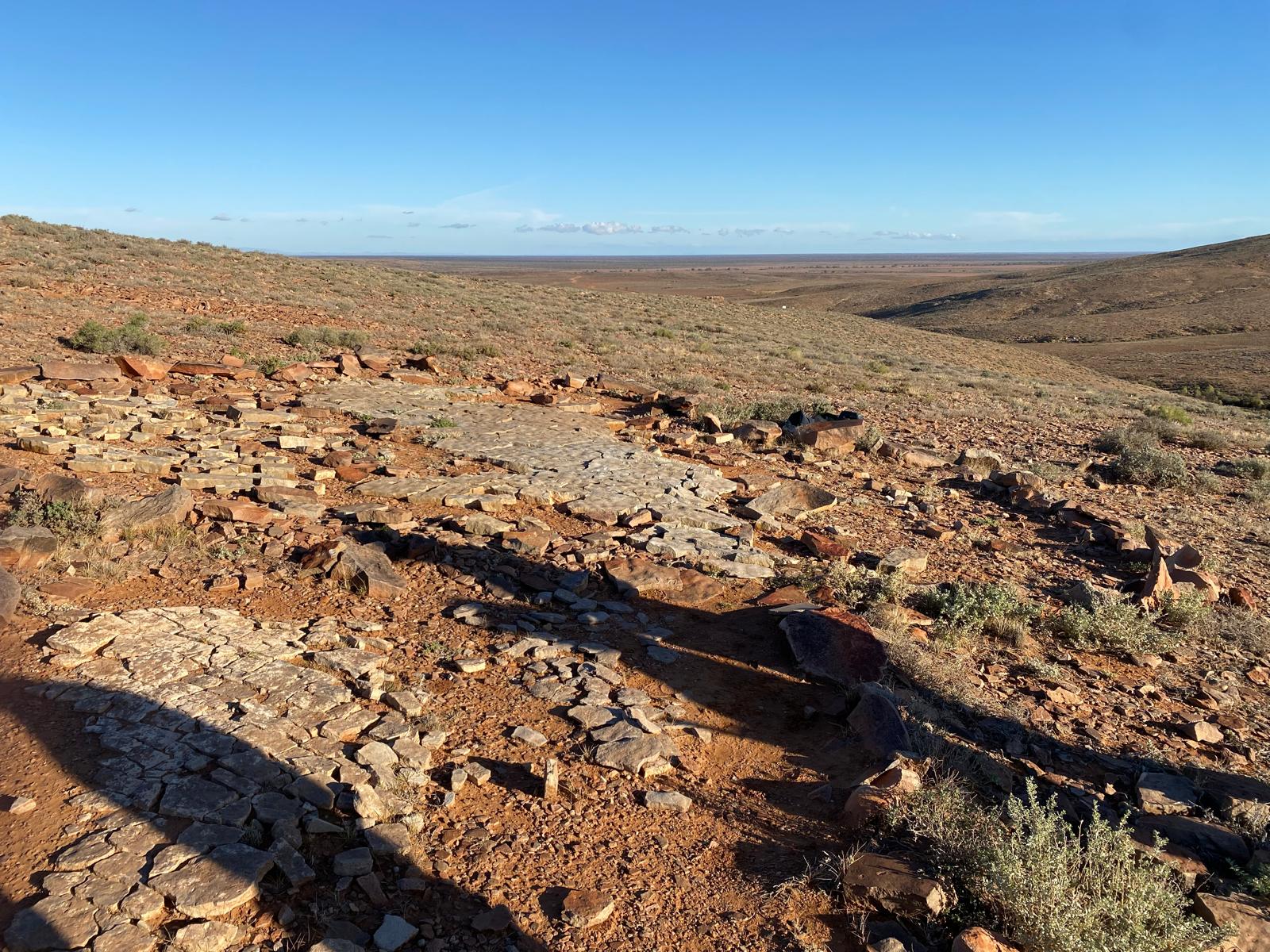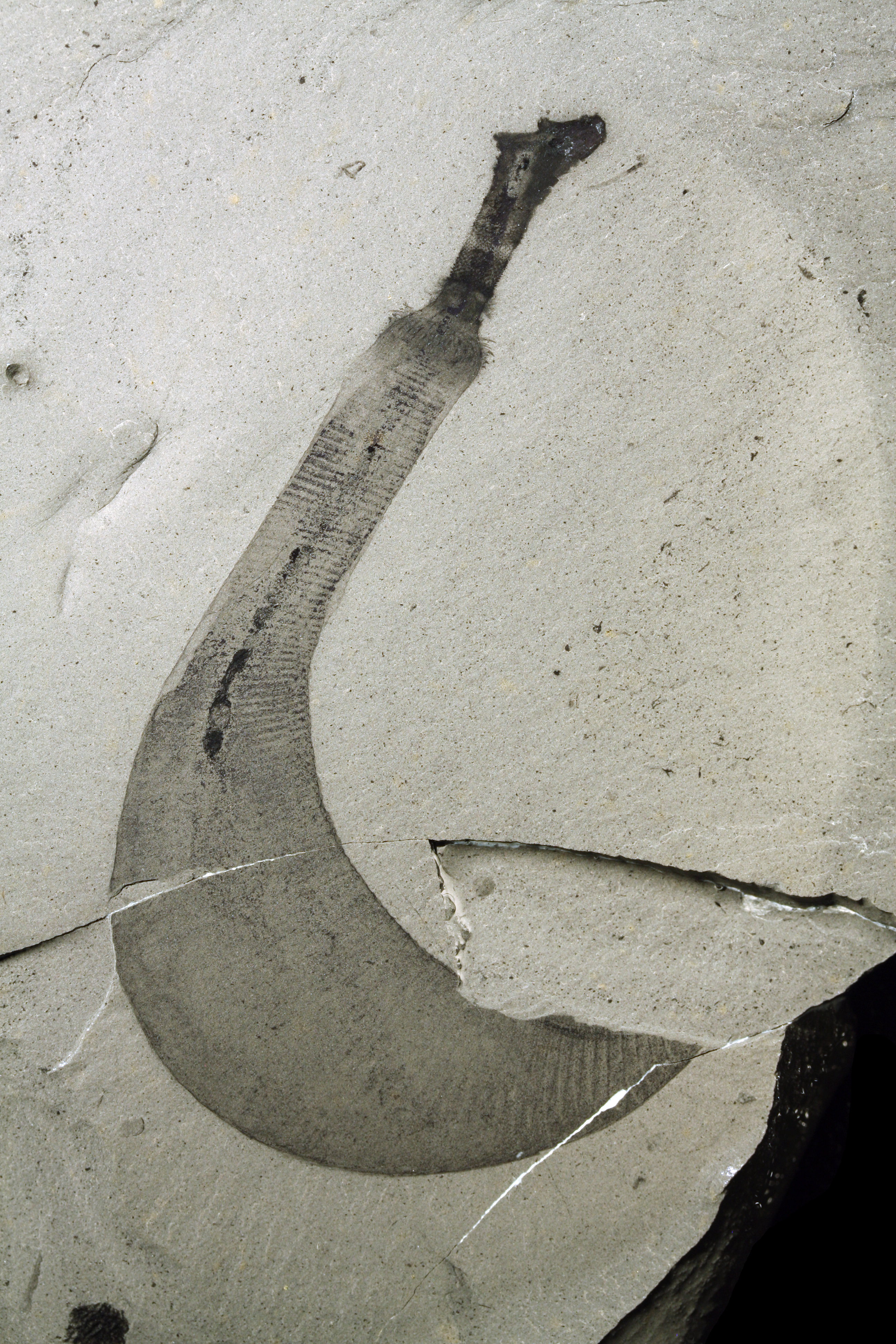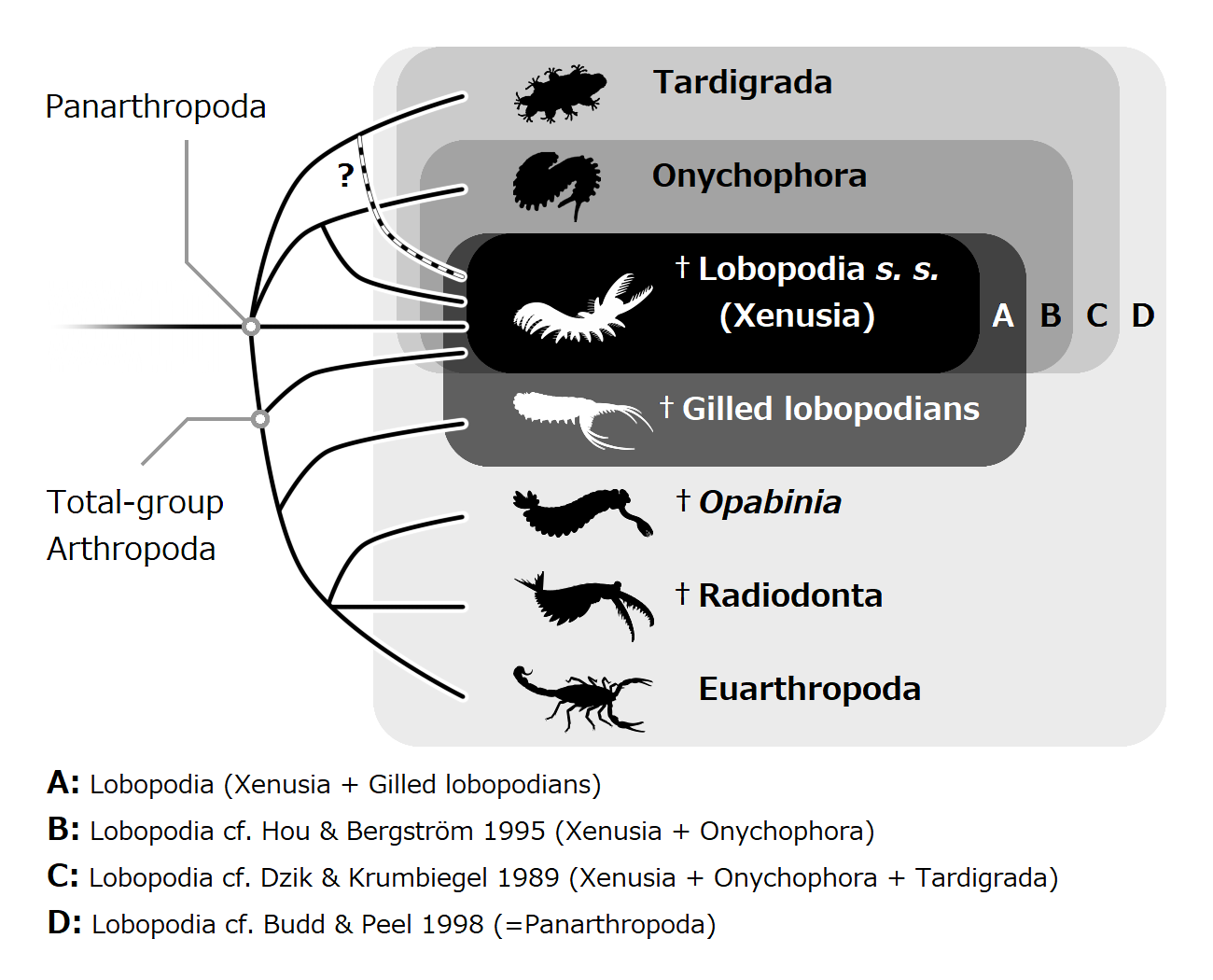|
Ecdysozoa
Ecdysozoa () is a group of protostome animals, including Arthropoda (insects, chelicerates (including arachnids), crustaceans, and myriapods), Nematoda, and several smaller phylum (biology), phyla. The grouping of these animal phyla into a single clade was first proposed by Eernisse ''et al.'' (1992) based on a phylogenetic analysis of 141 morphological characters of ultrastructural and embryological phenotypes. This clade, that is, a group consisting of a common ancestor and all its descendants, was formally named by Aguinaldo ''et al.'' in 1997, based mainly on phylogenetic trees constructed using 18S ribosomal RNA genes. A large study in 2008 by Dunn ''et al.'' strongly supported the monophyly of Ecdysozoa. The group Ecdysozoa is supported by many Morphology (biology), morphological characters, including growth by ecdysis, with moulting of the cuticle – without mitosis in the epidermis – under control of the prohormone ecdysone, and internal fertilization. The group was i ... [...More Info...] [...Related Items...] OR: [Wikipedia] [Google] [Baidu] |
Onychophora
Onychophora (from , , "claws"; and , , "to carry"), commonly known as velvet worms (for their velvety texture and somewhat wormlike appearance) or more ambiguously as peripatus (after the first described genus, ''Peripatus''), is a phylum of elongate, soft-bodied, many-legged animals. In appearance they have variously been compared to worms with legs, caterpillars, and slugs. They prey upon other invertebrates, which they catch by ejecting an adhesive slime. Approximately 200 species of velvet worms have been described, although the true number is likely to be much greater. The two extant families of velvet worms are Peripatidae and Peripatopsidae. They show a peculiar distribution, with the peripatids being predominantly equatorial and tropical, while the peripatopsids are all found south of the equator. It is the only phylum within Animalia that is wholly endemic to terrestrial environments, at least among extant members. Velvet worms are generally considered close relatives o ... [...More Info...] [...Related Items...] OR: [Wikipedia] [Google] [Baidu] |
Panarthropoda
Panarthropoda is a clade comprising the greatest diversity of animal groups. It contains the extant phyla Arthropoda (Euarthropoda), Tardigrada (water bears) and Onychophora (velvet worms), although the precise relationships among these remained uncertain according to studies published in 2023 and 2024. Panarthropods also include extinct marine legged worms known as lobopodians (" Lobopodia"), a paraphyletic group where the last common ancestor and basal members ( stem-group) of each extant panarthropod phylum are thought to have risen. However the term "Lobopodia" is sometimes expanded to include tardigrades and onychophorans as well. Common characteristics of the Panarthropoda include a segmented body, paired ladder-like ventral nervous system, and the presence of paired appendages correlated with body segments. Taxonomy Not all studies support the monophyly of Panarthropoda, but most do, including neuroanatomical, phylogenomic and palaeontological studies. At l ... [...More Info...] [...Related Items...] OR: [Wikipedia] [Google] [Baidu] |
Arthropod
Arthropods ( ) are invertebrates in the phylum Arthropoda. They possess an arthropod exoskeleton, exoskeleton with a cuticle made of chitin, often Mineralization (biology), mineralised with calcium carbonate, a body with differentiated (Metamerism (biology), metameric) Segmentation (biology), segments, and paired jointed appendages. In order to keep growing, they must go through stages of moulting, a process by which they shed their exoskeleton to reveal a new one. They form an extremely diverse group of up to ten million species. Haemolymph is the analogue of blood for most arthropods. An arthropod has an open circulatory system, with a body cavity called a haemocoel through which haemolymph circulates to the interior Organ (anatomy), organs. Like their exteriors, the internal organs of arthropods are generally built of repeated segments. They have ladder-like nervous systems, with paired Anatomical terms of location#Dorsal and ventral, ventral Ventral nerve cord, nerve cord ... [...More Info...] [...Related Items...] OR: [Wikipedia] [Google] [Baidu] |
Arthropoda
Arthropods ( ) are invertebrates in the phylum Arthropoda. They possess an exoskeleton with a cuticle made of chitin, often mineralised with calcium carbonate, a body with differentiated ( metameric) segments, and paired jointed appendages. In order to keep growing, they must go through stages of moulting, a process by which they shed their exoskeleton to reveal a new one. They form an extremely diverse group of up to ten million species. Haemolymph is the analogue of blood for most arthropods. An arthropod has an open circulatory system, with a body cavity called a haemocoel through which haemolymph circulates to the interior organs. Like their exteriors, the internal organs of arthropods are generally built of repeated segments. They have ladder-like nervous systems, with paired ventral nerve cords running through all segments and forming paired ganglia in each segment. Their heads are formed by fusion of varying numbers of segments, and their brains are formed by fu ... [...More Info...] [...Related Items...] OR: [Wikipedia] [Google] [Baidu] |
Uncus Dzaugisi
''Uncus dzaugisi'' was a species of animal which lived approximately 560 to 550million years ago during the late Ediacaran in what is now Southern Australia. Its smooth cylindrical shape, with one end being wider than the other, suggests that it was a member of the clade Ecdysozoa (a group containing arthropods, nematodes and tardigrades, amongst others). This makes it the oldest ecdysozoan known so far, as well as one of the oldest known bilaterians. It is currently the only member of the genus ''Uncus''. Discovery and name The systematic excavation that led to the discovery of ''Uncus'' began in 2018 in the Ediacara Member, a Stratigraphic unit, rock unit of the Rawnsley Quartzite within the Nilpena Ediacara National Park, South Australia, which is known for its well preserved Ediacaran biota, Ediacaran fossils. During the excavation, the team, led by Mary Droser, noted the presence of deep, hook-shaped indentations in the rock. At first, they were not looked into with much ... [...More Info...] [...Related Items...] OR: [Wikipedia] [Google] [Baidu] |
Priapulida
Priapulida (priapulid worms, from Gr. πριάπος, ''priāpos'' ' Priapus' + Lat. ''-ul-'', diminutive), sometimes referred to as penis worms, is a phylum of unsegmented marine worms. The name of the phylum relates to the Greek god of fertility, because their general shape and their extensible spiny introvert (eversible) proboscis may resemble the shape of a human penis. They live in the mud, except for a few tropical meiobenthic species which live in medium- to coarse-grained sands, and are found in comparatively shallow waters to deep waters and no warmer than 12–13°C. Some species show a remarkable tolerance for hydrogen sulfide, anoxia and low salinity. ''Halicryptus spinulosus'' appears to prefer brackish shallow waters. They can be quite abundant in some areas. In an Alaskan bay as many as 85 adult individuals of '' Priapulus caudatus'' per square meter has been recorded, while the density of its larvae can be as high as 58,000 per square meter (5,390 per square foot). ... [...More Info...] [...Related Items...] OR: [Wikipedia] [Google] [Baidu] |
Nematoida
Nematoida is a clade of pseudocoelomate free living or parasitic animals. It consists of phyla Nematoda and Nematomorpha. The two groups share a number of features in common; the presence of a cloaca in both sexes, aflagellate sperm, and a cuticle made of collagen. Its position within Ecdysozoa Ecdysozoa () is a group of protostome animals, including Arthropoda (insects, chelicerates (including arachnids), crustaceans, and myriapods), Nematoda, and several smaller phylum (biology), phyla. The grouping of these animal phyla into a single ... is uncontroversial, but the identity of their closest relatives has been debated. Under the Cycloneuralia hypothesis, the nematoids are considered to be closest to Scalidophora, named for the ring-shaped brains found in these animals. However, this group has seen less support in phylogenetic analyses, with the Cryptovermes hypothesis being more consistently supported, which groups the nematoids with the panarthropods, although the issue ... [...More Info...] [...Related Items...] OR: [Wikipedia] [Google] [Baidu] |
Protostome
Protostomia () is the clade of animals once thought to be characterized by the formation of the organism's mouth before its anus during embryonic development. This nature has since been discovered to be extremely variable among Protostomia's members, although the reverse is typically true of its sister clade, Deuterostomia. Well-known examples of protostomes are arthropods, molluscs, annelids, flatworms and nematodes. They are also called schizocoelomates since schizocoely typically occurs in them. Together with the Deuterostomia and Xenacoelomorpha, these form the clade Bilateria, animals with bilateral symmetry, anteroposterior axis and three germ layers. Protostomy In animals at least as complex as earthworms, the first phase in gut development involves the embryo forming a dent on one side (the blastopore) which deepens to become its digestive tube (the archenteron). In the sister-clade, the deuterostomes (), the original dent becomes the anus while the gut eventua ... [...More Info...] [...Related Items...] OR: [Wikipedia] [Google] [Baidu] |
Lobopodia
Lobopodians are members of the informal group Lobopodia (), or the formally erected phylum Lobopoda Cavalier-Smith (1998). They are panarthropods with stubby legs called lobopods, a term which may also be used as a common name of this group as well. While the definition of lobopodians may differ between literatures, it usually refers to a group of soft-bodied, marine worm-like fossil panarthropods such as '' Aysheaia'' and '' Hallucigenia''. However, other genera like '' Kerygmachela'' and '' Pambdelurion'' (which have features similar to other groups) are often referred to as “gilled lobopodians”. The oldest near-complete fossil lobopodians date to the Lower Cambrian; some are also known from Ordovician, Silurian and Carboniferous Lagerstätten. Some bear toughened claws, plates or spines, which are commonly preserved as carbonaceous or mineralized microfossils in Cambrian strata. The grouping is considered to be paraphyletic, as the three living panarthropod groups (A ... [...More Info...] [...Related Items...] OR: [Wikipedia] [Google] [Baidu] |
Scalidophora
Scalidophora is a group of marine pseudocoelomate ecdysozoans that was proposed on morphological grounds to unite three phyla: the Kinorhyncha, the Priapulida and the Loricifera. The three phyla have four characters in common — chitinous cuticle that is moulted, rings of scalids on the introvert, flosculi, and two rings of introvert retracts.Heiner, I., Kristensen, R.H. 2005. Two new species of the genus ''Pliciloricus'' (Loricifera, Pliciloricidae) from the Faroe Bank, North Atlantic. Zoologischer Anzeiger. 243: 121–138. The introvert and abdomen are separated by a distinct neck region in all groups, but in adult macroscopic priapulids it becomes rudimentary in ''Priapulus'' and is completely absent in ''Halicryptus''. However, the monophyly of the Scalidophora was not supported by two molecular studies, where the position of the Loricifera was uncertain or as sister to the Panarthropoda. Both studies supported a reduced Scalidophora comprising the Kinorhyncha and Priapulid ... [...More Info...] [...Related Items...] OR: [Wikipedia] [Google] [Baidu] |
Saccorhytida
Saccorhytida is an extinct phylum of Cambrian animals possibly belonging to the superphylum Ecdysozoa. It contains three monotypic genera: its namesake '' Saccorhytus'', the dubious '' Clypecella'' and '' Beretella''. All three genera are found in the early Cambrian of China China, officially the People's Republic of China (PRC), is a country in East Asia. With population of China, a population exceeding 1.4 billion, it is the list of countries by population (United Nations), second-most populous country after .... References † † Taxa described in 2017 Cambrian China Saccorhytida {{Paleo-protostome-stub ... [...More Info...] [...Related Items...] OR: [Wikipedia] [Google] [Baidu] |
Acosmia
''Acosmia'' is an extinct genus of marine worm from the Cambrian aged Chengjiang biota of Yunnan, China. It is represented by a single rare species, ''Acosmia maotiania'', that reached 45 mm in length and 9 mm in width. It was likely a burrowing animal that fed by deposit feeding. While originally suggested to be a priapulid (penis worm), a 2020 study proposed to be a stem-group ecdysozoa Ecdysozoa () is a group of protostome animals, including Arthropoda (insects, chelicerates (including arachnids), crustaceans, and myriapods), Nematoda, and several smaller phylum (biology), phyla. The grouping of these animal phyla into a single ...n, due to lacking the radial pharygneal armature that characterises modern ecdysozoans, including priapulids. References Monotypic prehistoric protostome genera † Maotianshan shales fossils {{paleo-protostome-stub ... [...More Info...] [...Related Items...] OR: [Wikipedia] [Google] [Baidu] |
